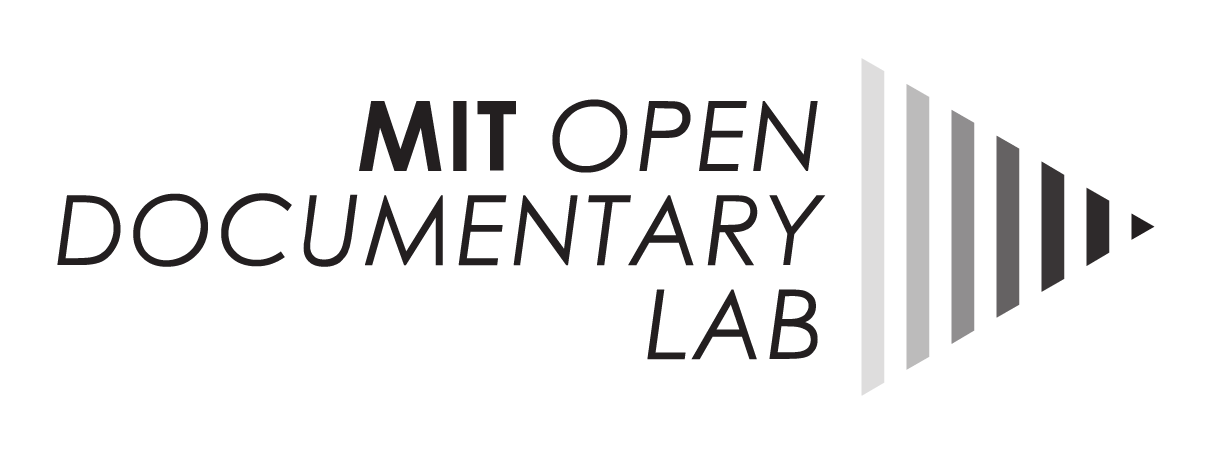Each year, IndieWire partners with MIT’s Open Documentary Lab to offer a deeper look at Sundance’s New Frontier section. Here, Ambar Reyes explores two projects that tackled social injustice using magical realism.
You can be asked to play the role of a young man who ends up in a Bolivian prison after his first job as a mule transporting la Blanca. Or you can be located in present-day New Jersey, and time travel to witness the connected historical experiences of racial injustices in the United States. You can actually be yourself, stepping into a garden and encountering oral histories from African American Women. In the New Frontier selection at Sundance 2021, a world of magic realism pulls you in and demonstrates the power of virtual reality (VR) to motivate inquiry into social injustices.
As a Latin American woman growing up reading magical realism, I found it fascinating to learn how VR projects are incorporating this literary genre. Magical realism—traditionally associated with postcolonial cultures—is a way to escape, but most importantly, it’s a way to challenge hegemony allowing writers to share voices that are often left unheard. Standouts from this year’s festival were “Prision X” and “The Changing Same,” two projects that unveil and acknowledge our shared history, past oppressions, present challenges and future directions.
In “Prison X-Chapter 1: The Devil and the Sun,” Violeta Ayala and her team invite us to immerse into Bolivia’s San Sebastian prison, a surreal neo-Andean jail where we coexist with the devil, saints, corrupt guardians, and even an Australian filmmaker. Ayala told me that she grew up three blocks from San Sebastian’s jail. “For me, it was important to film ‘Cocaine Prison,’ but I felt that I couldn’t represent our mythology, the beliefs that the prisoners told me,” she said. “For instance, that the devil was there living on the Virgin’s altar. These stories exist in the Andean mythology, and I wanted to tell them.”
I couldn’t stop thinking about the religious syncretism prevailing in present-day throughout Latin America—a visible consequence of colonization. Rilda Paco, the project’s lead 3D illustrator, endorsed that assessment. “In Bolivia, [religious syncretism] is so common, it happens every day,” she said. “People believe in what they want, in the virgin, in mother earth or worship the devil.” Ayala said she wants the viewers to feel as puzzled as she felt, “as our people feel when they arrive in the city, as our people felt when the colonizers arrived.” In that respect, “Prison X” is a cry for freedom and for the democratization of technologies.
Ayala did not mince words when it came to Western filmmakers portraying culture. “They come to our communities and want to tell our stories from another point of view, so disconnected and distant,” she said. For her, it was essential to create something with her people, and from scratch. VR allows her to do that because “when we start the project inside the headset there’s nothing,” she said. Creating a world from zero allowed them to envision a future of fashion. “We are creating an Andean-futurism,” said Maria Corvera, the lead artist on “Prison X.” “I imagined how a deity would feel like today and how to design our clothing inspired by Andean’s style.”
Ayala added that she was motivated to create these characters and stories for her daughter and the children in Bolivia. “I am Quechua, Rilda is Quechua and Aymara, Maria has a wild mixture of South America,” she said. “This is our reality. Our mythology, culture, and aesthetics are alive.”
Four thousand miles northeast, in New Jersey, we are confronted with another ongoing consequence of colonization: racial violence in the U.S., which lies at the center of “The Changing Same.” We embark on a journey through time and space that seeks to contextualize the damaging effects of racial violence and injustice on people of color, and to recognize the impact of this history on the present. When viewers first put on the headset, we are in modern-day New Jersey. The main character invites you to be open-minded and to acknowledge our shared history.Joe Brewster,who wrote and directed the project withMichèle Stephenson and Yasmin Elayat,has been working on this issue since he was 10 years old. He was clear about his intentions of the piece. “This project is about survival today and learning from the past,” he said. “We take the audience to a future place, but ultimately users might find themselves able to make decisions about their agency today, about their own freedom.” The work has a beautiful ending that celebrates the cultural heritage of Black communities, as the user is addressed directly: “You’re in, or you’re out.” In other words: If you’re out, take that thing off your head. If you want to think about it, stick around.
Like Brewster, Haitian VR filmmaker Stephenson has been working on these questions from a storytelling perspective for a long time — and contemplating them even longer, through her personal experiences with the racial caste system in the Americas. “I understand how white-supremacy plays out both personally at my family level and society,” she said. “So all of our films have that lens.”
As in “PrisionX,” magical realism and Afrofuturism plays a central role here. Stephenson said that being from the Caribbean, magical realism is part of our daily life. “It is how we process pain, how we make sense of our reality.,” she said. “We wanted to go back to the source and honor that tradition.”
One of the great successes in this project is in the transitions, which are often difficult to achieve in the immersive VR experience. Here, the scene is constructed and deconstructed, so viewers can glimpse both worlds at the same time.“The biggest design challenge of this project is, ‘How do you time travel 400 years?’ The world is meant to be a space that can transform and expand,” she said. “There is something very theatrical about this project. There’s something quite poetic when the story and technology work together. If you think about it, these transitions are like a sleight of hand.” And for Stephenson, “the transitions allow us to make connections and find the truth that we otherwise would not have been able to do. That’s the beauty of storytelling.”
The problem is that even 400 years later, the story is the same. “Part of what we want to tell in this project is that whether you are in a jailhouse in 2020 in New Jersey or in a slave house in 1820 in the outskirts of Washington DC, it is the same language, the same level of incarceration, the same injustice and the same power dynamics,” Stephenson said. Now, the creators are looking forward to taking VR into communities that traditionally haven’t have access. “The Changing Same” is an ode to black communities’ resilience and resistance throughout the racial injustices in U.S. history, and a wake-up call.
VR is a challenging medium that demands creators to think about how their work is unique to the medium. Filmmakers are used to thinking in 2D; here, you have to be aware of what is happening in the surroundings (in many ways, it has more common with theater). Above all, this emerging technology is a powerful tool with a lot of potential so long as the industry is democratized to the point where enough stories are told.
Both of these projects are strong examples of VR as a means of combating social injustice. These creators are from underrepresented backgrounds telling the story of their communities. I felt invigorated by their passion when they talked about their immersive films. I’m grateful that in these unprecedented times, with a future awash in uncertainty, these creators can remind us that stories have the ability to ignite conversations about our past, present, and future. Storytelling is the most powerful tool that we have to change the narrative.




